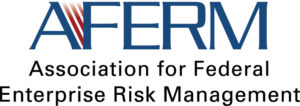-
April 15, 2020
11:00 am - 12:00 pm (Eastern)
A year ago this April 15th, the world watched in horror as fire raged at Notre Dame Cathedral in Paris. When the soaring spire atop the cathedral tipped and then collapsed into the flames, fears grew at whether Notre Dame could survive. Thankfully, the efforts and strategic thinking of the brave women and men of the Paris fire brigade, which kept the fire from overtaking the church’s two towers, enabled the main structure to be saved, albeit suffering a gaping wound where the now-burnt away attic and roof once stood.
In the days following the fire, questions began to arise about what could have caused the fire and, also about the nature and extent of the fire detection and protection systems. It turns out Notre Dame had one of the most sophisticated and elaborate fire safety systems ever designed, befitting a landmark of its stature. A team of experts had spent more than six years and untold funds developing the fire protection plan. Yet, when the system was put to a real test, it failed in spectacular fashion. How this could have happened, and what lessons can be learned from this tragic event will be discussed in detail.
Join us on April 15th for a one-hour webinar where we’ll examine the assumptions, factors, and components that shaped the cathedral’s fire protection plan and likely led to its failure. We’ll also consider important lessons that can be applied to managing risks to programs, projects and initiatives. 1 CPE can be earned for this webinar.
Want to see past Risk Realm webinars?
Venue: Online Webinar





